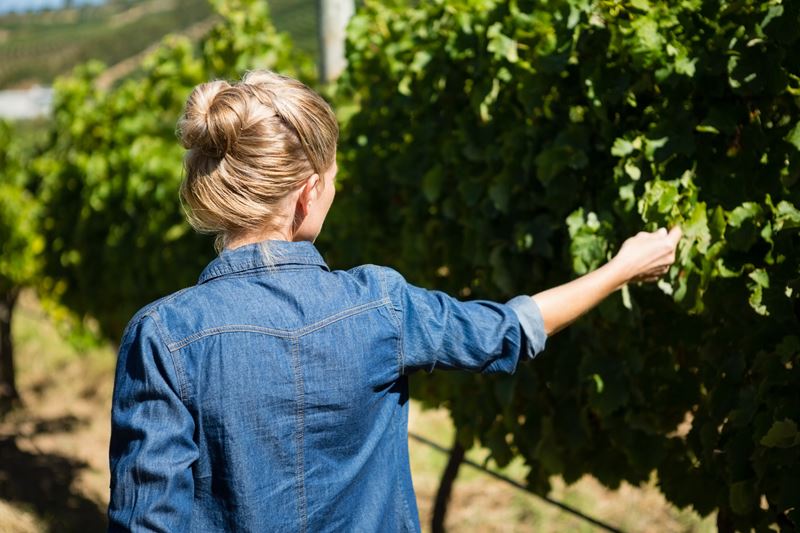The Rise of Women in the Wine Industry
How women overcame tradition to lead in the wine world
2024-03-08

The journey of women in the winemaking industry is a story of resilience, innovation, and transformation. For centuries, the wine world was dominated by men, from the vineyards to the boardrooms. However, the narrative has been shifting, and today, women are not just participating but leading and shaping the future of winemaking. This evolution didn't happen overnight, and it's worth exploring how women have made their mark on this traditionally male-dominated industry.
In the earliest records of winemaking history, women's roles were often limited to supporting tasks, despite their significant contributions. Ancient texts and artifacts suggest that women were involved in the cultivation of grapes and the production of wine, but their work was seldom acknowledged in the same way as their male counterparts. The gender norms of societies stretching back thousands of years dictated the roles women could play, often relegating them to the shadows of history.
Fast forward to the Middle Ages and the Renaissance, women, particularly in European monasteries, began to take on more pronounced roles in winemaking. Nuns in these religious communities were responsible for producing wine for both religious ceremonies and daily consumption. Their expertise was crucial in maintaining the vineyards and ensuring the quality of the wine. This period marks one of the first instances where women's contributions to winemaking were recognized, albeit within the confines of religious institutions.
The industrial revolution and the modern era brought significant changes to the wine industry, with technological advancements and scientific approaches to viticulture and oenology. However, it wasn't until the late 20th century that women began to break the glass ceiling in earnest, moving into roles that were previously inaccessible to them. Pioneering women like Barbe-Nicole Clicquot Ponsardin, the "Grande Dame of Champagne," and American winemaker Helen Turley, showed the world that not only could women make wine, but they could also lead successful businesses and produce award-winning vintages.
Today, the landscape looks dramatically different. Women are winemakers, sommeliers, wine business CEOs, and hold numerous other critical positions within the industry. They bring diverse perspectives and innovations to winemaking, from sustainable practices to experimental techniques. Educational opportunities have also expanded, with institutions offering scholarships and programs specifically for women looking to pursue careers in viticulture and oenology.
The impact of women in winemaking extends beyond the production process. Female sommeliers and wine critics have influenced consumer tastes and trends, championing wines from lesser-known regions or those made with obscure grape varieties. Moreover, women-led wine marketing and social media campaigns have broadened the appeal of wine, making it more accessible to younger generations and diverse demographics.
However, the journey is far from over. Despite the progress, women in the wine industry still face challenges, from gender bias and unequal pay to a lack of representation in leadership positions. But, as history has shown, women in winemaking are no strangers to overcoming obstacles. The community of women in wine is stronger and more supportive than ever, mentoring the next generation and advocating for equality and sustainability in the industry.
The history of women in winemaking is a testament to their perseverance, creativity, and leadership. As the industry continues to evolve, the influence of women is undeniable, shaping not only the wines we drink but also the culture and values of the wine world. The story of women in winemaking is still being written, and it promises to be as rich and complex as the wines they produce.
Founded in 2007, Vinetur® is a registered trademark of VGSC S.L. with a long history in the wine industry.
VGSC, S.L. with VAT number B70255591 is a spanish company legally registered in the Commercial Register of the city of Santiago de Compostela, with registration number: Bulletin 181, Reference 356049 in Volume 13, Page 107, Section 6, Sheet 45028, Entry 2.
Email: [email protected]
Headquarters and offices located in Vilagarcia de Arousa, Spain.